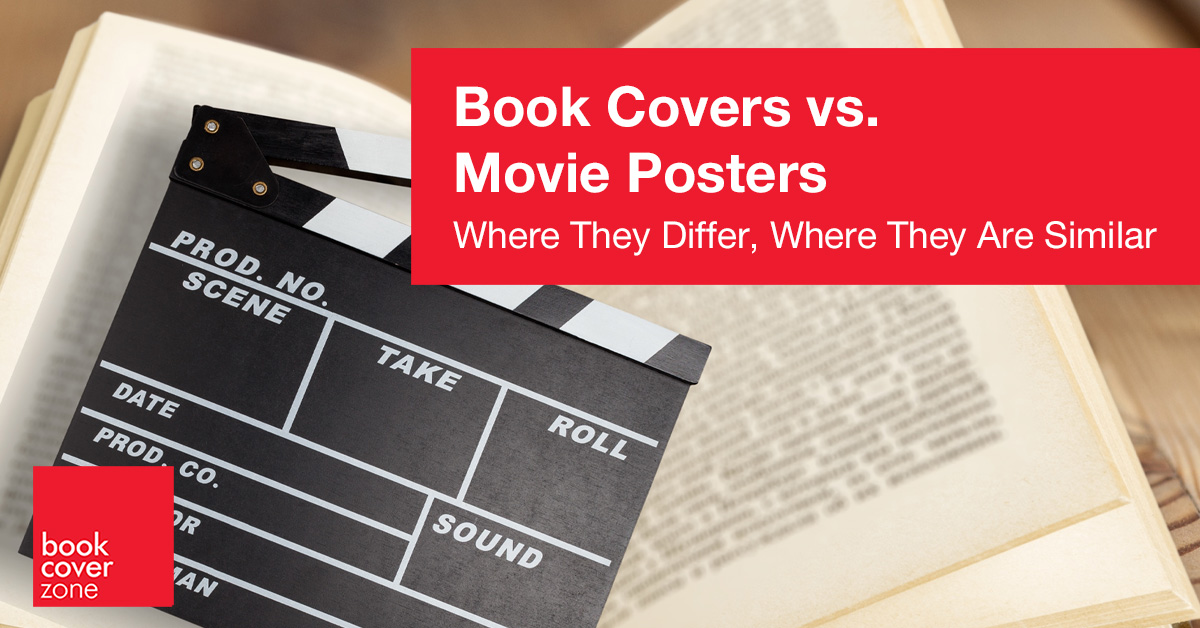Crafting a book cover is a delicate endeavor that goes beyond merely dressing up a book; it’s about creating an emotional and psychological connection with potential readers. The design is a whisper rather than a shout, inviting the reader into a world gradually unfolded by the author. Each element on a book cover—from the font chosen for the title to the imagery that graces the front—serves to subtly hint at the underlying themes and tones within the pages. It’s like a puzzle where each piece must be meticulously considered not to overpower the story but enhance the reader’s curiosity and engagement.
In contrast, a movie poster often operates on the principle of immediate impact. It seeks to capture the eyes of passersby with bold, succinct messages and striking visuals. The essence of the entire film must be compressed into an instant visual pitch that can be absorbed in seconds. This often results in a design that features key elements such as star-studded casts, the director’s name, and significant, eye-catching graphics that encapsulate the movie’s theme. The use of such elements not only builds instant recognition but also works as an effective marketing tool to draw audiences into theaters or to click on a streaming service.
The discipline of book cover design is steeped in a century-old tradition, where the rules often emphasize a nuanced and literary approach to visual storytelling. Classic cover designs are typically marked by their focus on symbolic imagery, typographic finesse, and a subtle interplay of colors and elements that whisper rather than shout, inviting the reader into the narrative. In contrast, movie poster design, which proliferated with the rise of cinema in the 20th century, embraces a more modern, immediate approach characterized by bold visuals, prominent placement of lead actors, and dynamic compositions that are designed to grab attention quickly in a visually competitive environment. This approach reflects the need for instant appeal and mass communication, prioritizing broad and immediate impact over the intimate, contemplative allure often found in book cover design.
Despite their differences, both book covers and movie posters strive to convey stories visually and set the tone before the audience reads a single word or watches a single frame of film. They share a common goal: to intrigue, excite, and hint at the type of journey the audience is about to embark on—be it through the pages of a book or the scenes of a movie. Color schemes and typography play a significant role in both mediums, where choices hinge on the psychological impact they have on viewers and readers. For instance, darker tones might suggest mystery or thriller genres, whereas brighter colors could hint at comedy or romance.
Functionality also remains a core shared aspect. Both designs need to stand out in a highly competitive visual market, often resembling each other in their tactics to attract attention. Each must adapt across various formats, from digital thumbnails to large physical posters or covers, ensuring that the essence and appeal of the design isn’t lost in translation across different sizes and platforms.
Furthermore, exploring how movie posters utilize key visual elements offers insights that can be transformative when applied to book cover design. Conversely, the depth and metaphorical richness often seen in book covers can inspire movie poster designers to incorporate more subtlety and nuance into their work.
In essence, while book covers and movie posters are crafted for different sensory experiences—one leading to contemplation and the other to visual consumption—both bridge the gap between story and audience through visual enticement and creative storytelling. The practices of each can offer valuable lessons to the other, enriching the visual language shared between books and films. As a book cover designer, observing and understanding these similarities and differences not only broadens one’s artistic perspective but also enhances the ability to tell compelling stories through design.
